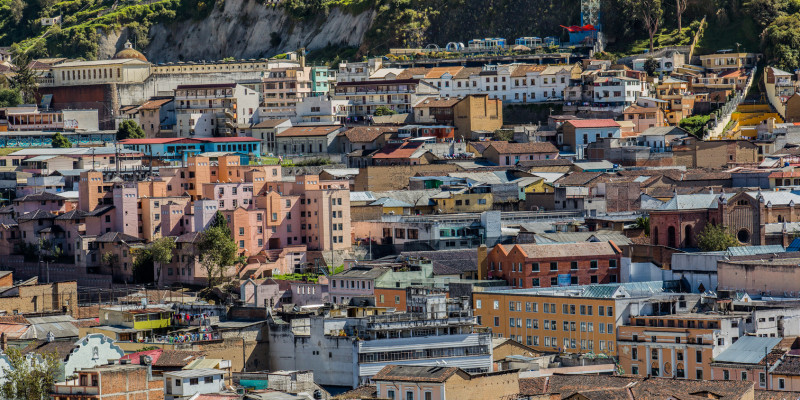The New Urban Agenda is a document produced by the international community which focuses on the development, performance and sustainable design of cities – which for the first time is influenced by a greatly changed world and the prospect of continued urbanization. The New Urban Agenda will prove of great valuable for urban authorities, even if it is a non-binding agreement, because it clearly defines what makes a modern city: compact human settlement, efficient use of resources, promotion of public transport and healthy living conditions in cities for all.
The Agenda will serve as a toolkit for decision makers at municipal level and provide orientation and political reinforcement for their efforts in sustainable and inclusive urban development. The New Urban Agenda is a key element for the implementation of the UN Sustainable Development Goals (SDGs) (SDG 11 “inclusive and resilient cities” in particular) and also targets the resolutions adopted at the UN Climate Conference in Paris (COP 21) through its calls for urban development which promotes efficient and renewable energy.
Cities are the key players in the implementation of the New Urban Agenda, even though it was signed by the Member States of the United Nations. There were many high-ranking municipal stakeholders present at the conference whose presentations illustrated that urban development is a process which must continuously deal with changing conditions and requires finding solutions which are adapted to a given locale and situation. The New Urban Agenda can provide orientation and new ideas but cannot be expected to adequately address all of the existing and future fields of action in urban development over the next 20 years. The networks in which urban stakeholders operate will work constantly to meet the demands of the New Urban Agenda, to refine them, implement them and to engage in exchange and learn from one another. The Quito Implementation Plan is a good example of this. It was launched at Habitat III and refers to voluntary commitments by various partners to contribute to and reinforce the implementation of the New Urban Agenda.
UBA at Habitat III
The German Environment Agency (UBA) hosted two events at Habitat III which highlighted the important role that of cities play:
UBA hosted a side event on Rapid urbanization and material usage: Resource efficiency through sustainable construction and urban planning together with the Deutsche Gesellschaft für internationale Zusammenarbeit (GIZ), the United Nations Economic Commission for Europe (UNECE) and the United Nations Environment Programme (UNEP). The event focused on how the enormous demand for resources can be met sustainably against the background of rapid urbanization. The panel discussion demonstrated that economical and efficient use of materials is key, and for which Urban Mining is a major strategy. The side event also illustrated other ways to use resources efficiently in the face of rapid urban growth, namely through compact urban development, the promotion of active mobility, and new financing models to achieve increased energy efficiency.
The UBA and ICLEI, a global network of cities and regions, with the support of the German Association of Cities and the environmental agency of the city of Dresden, hosted an event entitled “Impulses of the New Urban Agenda for urban environmental protection” in the German pavilion. The New Urban Agenda will also provide political reinforcement for German municipalities in their efforts in sustainable urban development. It is a toolkit which cities can use to develop measures. One thing is sure: the process will continue after Habitat III. It requires mechanisms for monitoring as well as a continuous process which can detect and react to the rapidly changing conditions and developments in urban development.
Habitat III Conference
More than 30,000 people in different capacities from 167 countries and non-governmental organisations gathered for the 3rd UN Conference on Housing and Sustainable Urban Development (Habitat III) from 17 to 20 October 2016 to discuss the challenges, goals and solutions to inclusive, environmentally compatible and economically balanced urban development. The New Urban Agenda was the focus of attention at the conference. The Agenda is a voluntary agreement on the goals and pathways to sustainable urban development.
After four months of negotiations, the states of the United Nations finalised the New Urban Agenda in September, which was then adopted in a plenary session at the Habitat III Conference.
In addition to plenary sessions and various high-level and stakeholder roundtables, Habitat III featured side and networking events hosted by the many different (non-)governmental organisations represented and a public exhibition with country pavilions.
 Click to enlarge
Click to enlarge
